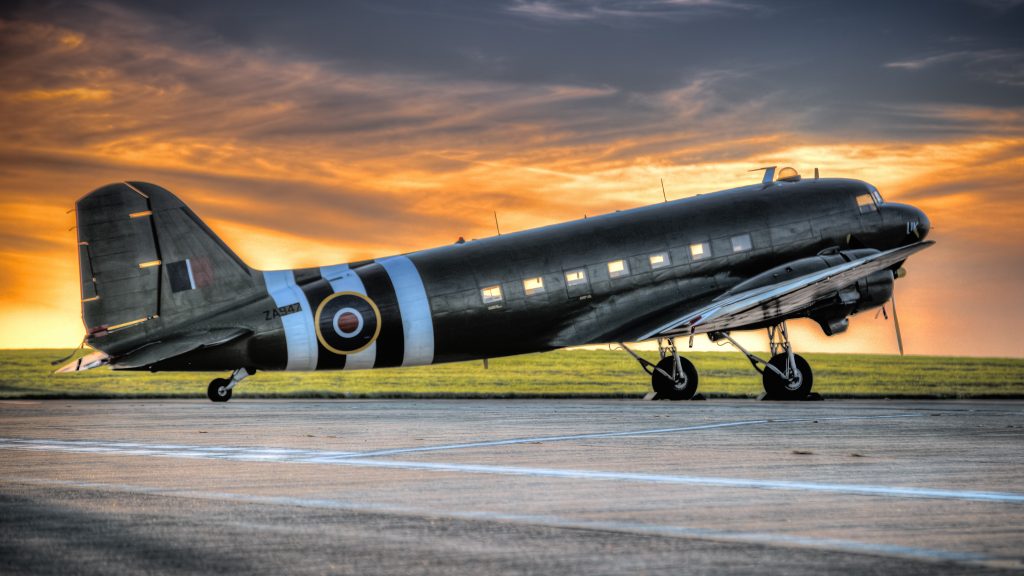
Airline ETFs and stocks have been on a wild ride for the past two years. Here’s why investors should consider holding on for 2022.
Where travel has been and where it’s going
Air travel has had a turbulent past two years. The travel industry bore the brunt of the economic fallout from the Covid-19 pandemic, and airline stocks were hit hard. Lockdowns and travel restrictions brought air travel to a near-halt in 2020, and its choppy comeback has paralleled Covid’s fluctuations.
Covid continues to impact air travel, with lengthy airport wait times due to staff shortages and layoffs. Travelers must keep track of ever-changing guidelines and arrange for pre-flight testing before departure, testing upon arrival, changes in masking policies, and vaccine requirements.
Airlines have also had to contend with the impact of the Russia-Ukraine war. The conflict led to rising oil prices, which caused jet fuel prices to soar. Flight routes to and around Russia have been grounded in recent weeks, leading to additional strain and making potential travelers wary. Rising prices have hampered some people’s ability to afford the cost of travel, with steep oil costs and price increases in almost all categories cutting into people’s disposable income.
Cost control
US airline carriers tend to pass on rising fuel costs to their customers by way of higher ticket prices. Today’s travelers may not mind paying slightly more for flights, especially as some countries have ended mandatory, pricy pre-departure Covid testing, offsetting the total cost of a trip.
Some companies have gone beyond just cutting flights and staff to streamline expenses. They’ve become leaner by offering fewer frills and amenities. Budget flights can mean paying for flight changes or cancellations, not choosing your seat assignment, and paying a fee for luggage and food onboard.
Optimistic outlook
Despite challenges, long lines of people waiting to board flights indicate that even political tension and pandemic uncertainty can’t keep this industry grounded for long. Travel restrictions have eased up and people are keen to travel for business and pleasure. Corporate and government travel is up, with in-person conferences and events making a major comeback. Large numbers of people are venturing out for leisurely vacations, reunions with family and friends, and delayed honeymoons.
Major US air carriers expect revenues in Q2 2022 that could surpass pre-pandemic levels. Airlines are wielding significant pricing power as passenger demand outpaces supply, despite staff shortages, delays, and high fuel prices. Air carriers are making strides to restore their networks to regular capacity over the coming months, seeking to hire thousands of new employees, including many pilots.
Profits getting off the ground
Investors who are optimistic about air travel may opt to invest in the industry overall through an airline ETF rather than choose individual holdings. Airline ETFs tend to invest in US carriers like Delta Airlines (DAL), United Airlines (UAL), Southwest Airlines (LUV), and American Airlines (AAL), with additional holdings that could include Ryanair, Alaska Air, Lufthansa, Qantas, and JetBlue.
American Airlines (AAL) recently finalized an alliance with JetBlue Airways, despite earlier legal challenges that claimed the partnership could violate antitrust laws by hindering fair competition. American’s March 2022’s revenue surpassed 2019 levels , with high booking numbers helping to defray rising fuel expenses.
United Airlines (UAL) expects to see revenues continue to rise through 2022 , with robust ongoing demand for trans-Atlantic flights and new routes throughout Europe. United also ramped up cargo flights to offset commercial travel losses, a move taken by many airlines.
Major airlines typically have a cargo line, which has been a way to maintain their revenue stream. Air cargo has been brought to the forefront in the face of worldwide ocean shipping congestions and delays. Continued growth is expected for air cargo, despite its higher cost as worldwide supply chain disruptions remain rampant.
Delta Air Lines (DAL) saw March 2022 sales numbers that surpassed pre-pandemic levels .
Delta recently updated its fleet to help meet rising demand, including the purchase of several A321 neo aircraft to lower fuel use. This marks a notable departure from the company’s 2012 purchase of an oil refinery to hedge against jet fuel costs.
Southwest Airlines (LUV) remains scrappy, showing a slow but steady recovery. Southwest has a history of staying out of bankruptcy and remaining profitable even as some of its rivals fail to do so.
Frontier Group and Spirit Airlines announced a planned merger that would create a powerful discount airline.
Alaska Air, North America’s sixth-largest airline, is known for its strong reputation for safety and recently increased its air freighter fleet, helping it meet cargo demand.
Australia’s Qantas Airways recently placed its largest-ever aircraft order as it paves the way for the world’s longest commercial flight route, from Sydney to London. The multi-billion-dollar deal indicates optimism about future profits.
While air travel has experienced turbulence over the past two years, people are eager to take to the skies. There have been no bankruptcies among the major carriers during Covid, making it likely that the big names have weathered the storm. Travel insiders are optimistic that airlines are headed for a robust, profitable future.
As of this writing the following stocks mentioned are current holding of Defiance’s ETF, CRUZ:
DELTA AIR LINES INC DEL, SOUTHWEST AIRLS CO, UNITED AIRLS HLDGS INC, RYANAIR HOLDINGS PLC, AMERICAN AIRLS GROUP INC, QANTAS AIRWAYS, ALASKA AIR GROUP INC, DEUTSCHE LUFTHANSA, SPIRIT AIRLS INC, JETBLUE AWYS CORP
For current performance and holdings, please visit defianceetfs.com/CRUZ


